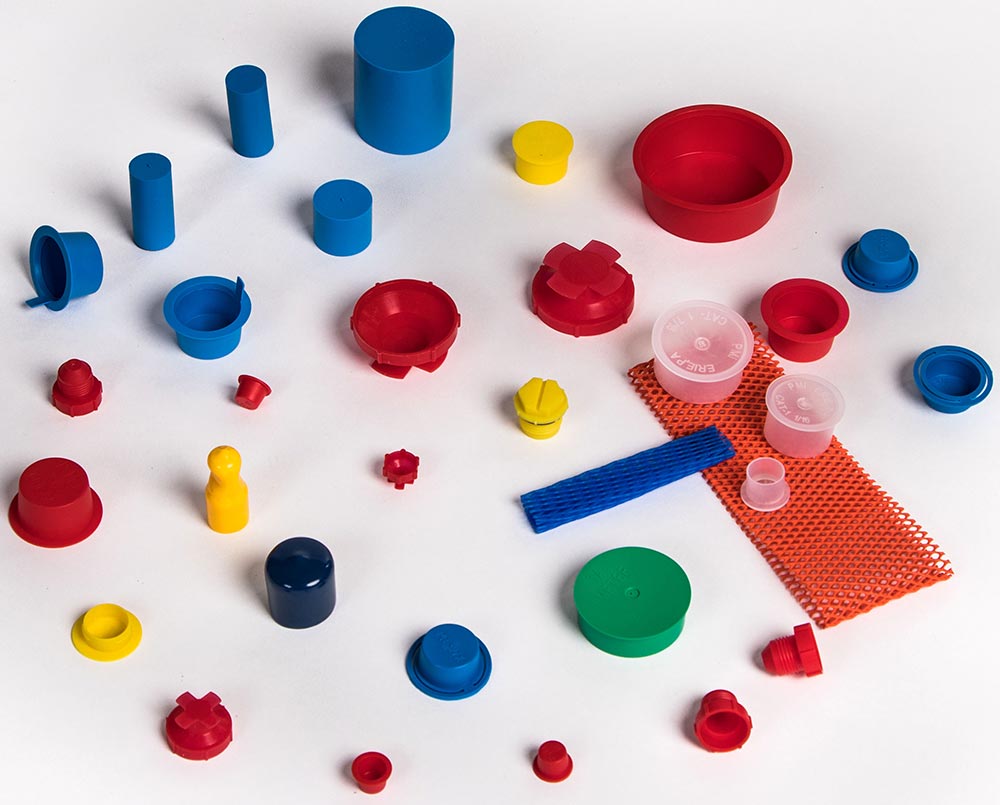News & Events


Natural Rubber vs. Synthetic Rubber: How Do They Differ?
When you need custom-molded plastic parts, you may wonder whether there is a significant difference between natural rubber and synthetic rubber. Why would someone choose one over the other? Are there different applications or properties? We have the answers to all your questions in this natural vs. synthetic rubber guide.
Natural Rubber
Natural rubber comes from a Brazilian tree known as the Pará rubber tree. Though the plant originated in Brazil, this tree is now mainly grown in Vietnam, Thailand, Indonesia, and other Southeast Asian countries. In addition to the Pará tree, rubber can also be obtained from the common dandelion and Panama rubber tree.
First, the plants are harvested for latex, which is converted into rubber. Many industries, including the automotive industry, use this rubber for its natural elasticity.
Synthetic Rubber
The two main ways to make synthetic rubber are solution or emulsion polymerization. Both processes take monomers and convert them into polymers—a substance containing a large quantity of similar, bonded units.
You can produce rubbers with varying properties and applications depending on the monomers combined to make synthetic rubber. For instance, party balloons and wetsuits are both made from different types of synthetic rubber.
The Comparison
Let’s talk about “better.” Natural and synthetic rubber are certainly different; their main discrepancy is in the application. Natural rubbers are a good option when you need a strong material with innate flexibility. Synthetic rubber is a great choice for industries requiring temperature, aging, and abrasion resistance, such as for custom-molded plastic parts.
The Price
In some cases, the biggest difference between synthetic and natural rubber is how much you pay for it. You can usually identify trends for each type of rubber based on the automotive industry—when that industry booms, rubber becomes more expensive as the demand increases.
Due to the need for harvesting and other agricultural constraints, natural rubber experiences much more price volatility than synthetic rubber; this is an important factor to keep in mind when you need to source a lot of it.
Now that you know how natural and synthetic rubber differ, feel free to contact Polymer Molding for more information about any of our products. We’re here to help you make an informed decision!

